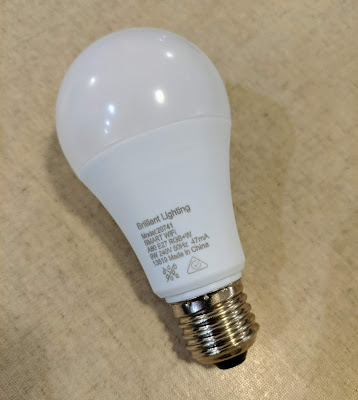DETA Wall Switches

Picked up one of these DETA Smart Double Gang Light Switches from Bunnings today. I had seen they were compatible with Tasmota and was keen to give them a try along with the Brilliant Wall Switch I also posted about recently . Here are some pictures to get started. After removing the front panel, there is another clear plastic panel to be removed before you can get to the boards. Here is the front of the low-voltage board. And the high-voltage board The low-voltage board was pretty easy to get to, with a set of 8 header pins connecting it to the high-voltage board. There are also a set of 5 header holes on the board. I did a quick continuity check and identified that the upper-most hole as VCC, and the lower hole as GND. I then powered it up with 3.3V and flashed Tasmota onto it using Tuya-convert . To put the device in pairing mode, it was necessary to press one of the buttons for at least 5 seconds. The LED on the f...



